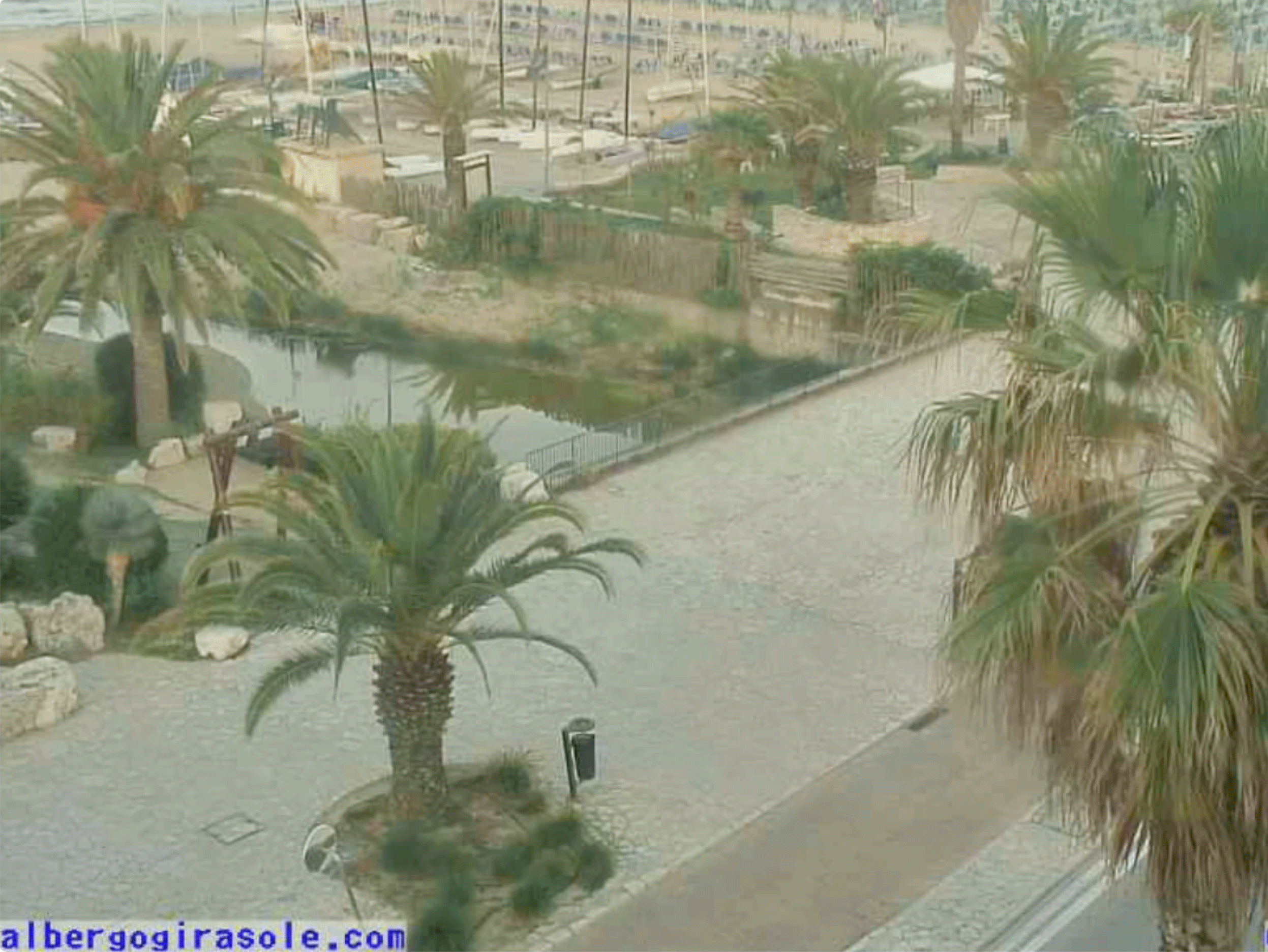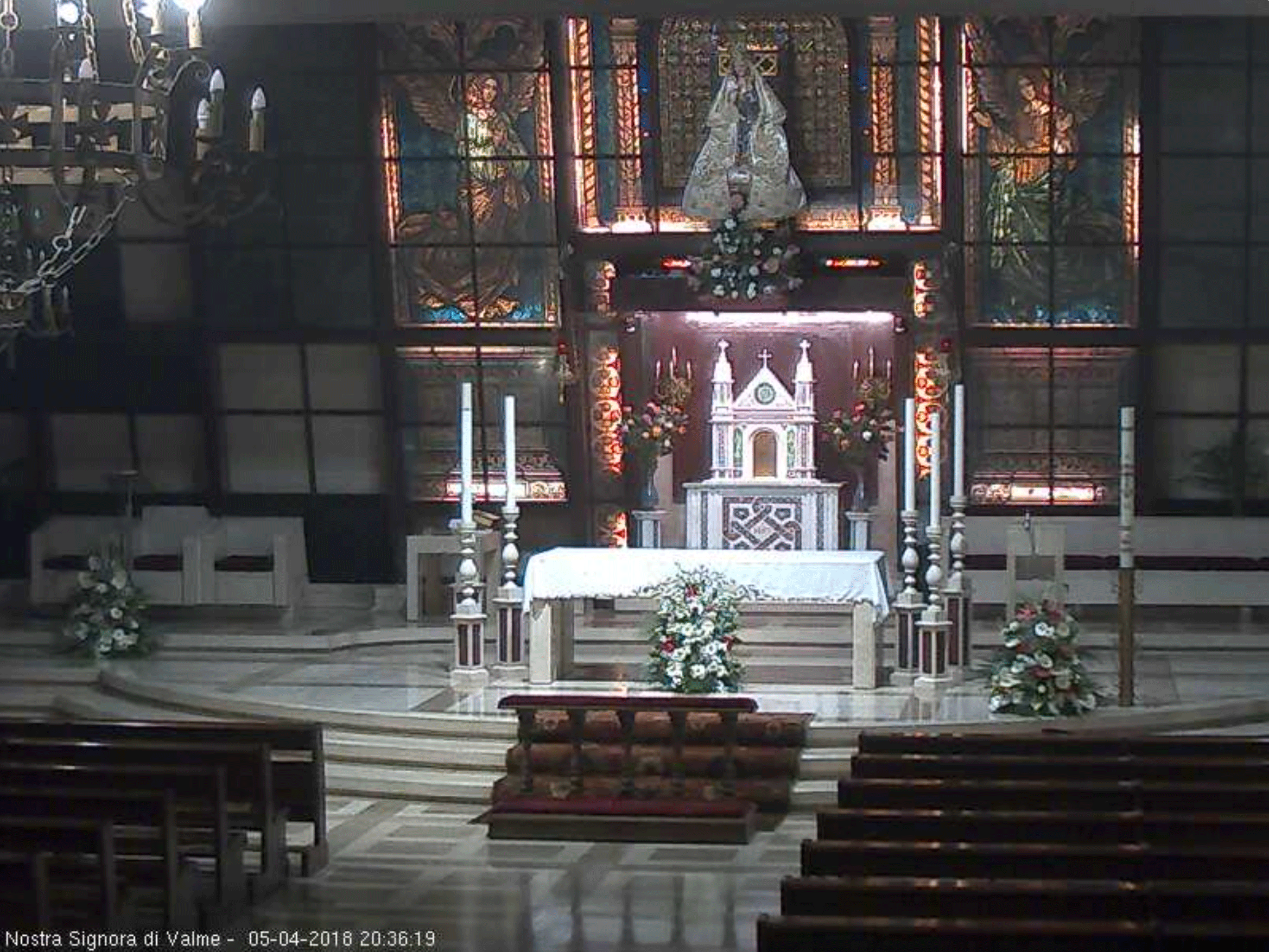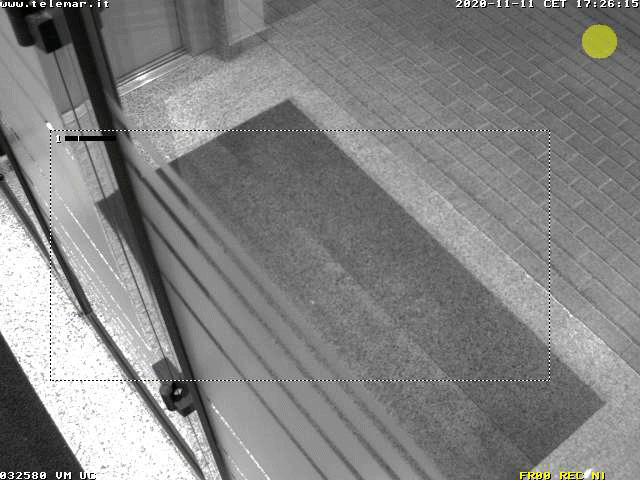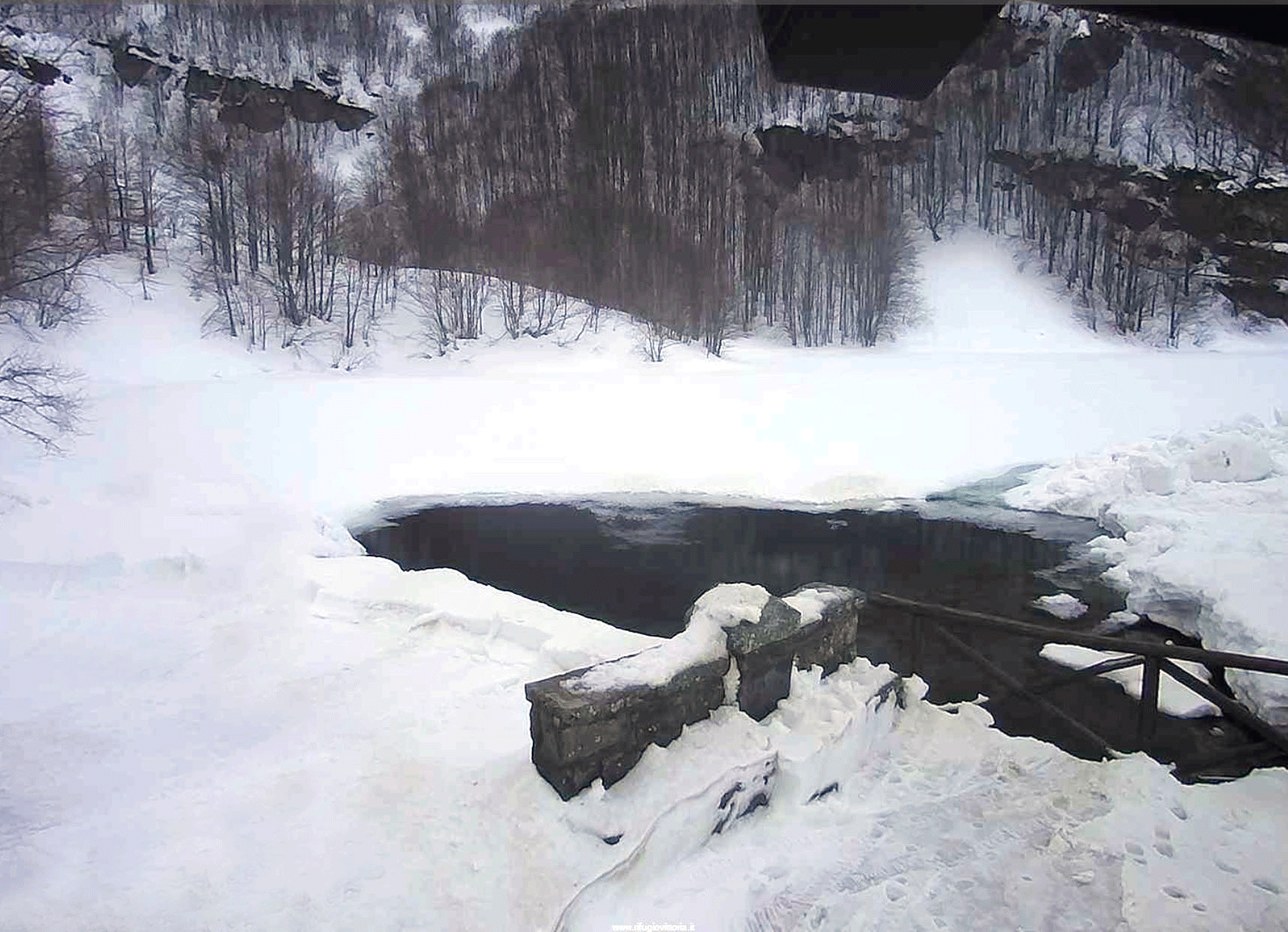Do surveillance devices have poetic ideals and artistic greed?
By Alessandra Ioalè
Nowadays, in the digital environment everything is temporary, volatile and has become simple material to be reconfigured in the most congenial form. Pagination surpasses reality, any reality. Whatever arises in a type of reality, if it is paginated, formalized, materialized in another reality, opposite to that of origin, this will always be overcome, overtaken, enlarged, transformed. Conceptually and aesthetically expectations are exceeded in the acquisition of new meaning. An artistic operation always manifests the symptoms of the needs and motivations, which generated it. When these are transcended in the decontextualization of the primary function of the devices with which the artworks are made, the latters can be read differently and give unexpected answers to questions that apparently are impossible. This is what happened when reading two opposing projects for conception and objectives, but whose common denominator lies in the use, in and for different reasons, of surveillance devices, software and hardware. There's no pictures in latent space, just secret misunderstandings by Guido Segni, conceived this year and loosely inspired by Giacomo Verde’s Inconsapevoli macchine poetiche, as a spontaneous, inevitable and involuntary tribute to the great master and friend who recently passed away; and Self Portrait from Surveillance Camera, that Irene Fenara has been carrying out since 2018 by relating the concept of power with that of vision. Placed in parallel dialogue and questioned, transcending their initial motivations, both projects show the complementarity of their answers to the question, from which this project takes its title: do surveillance devices also have poetic ideals?
I look at the Guido Segni’s project and, to rephrase Oscar Wilde, I wonder, if even the surveillance devices when they describe are poets?
There's no pictures in latent space, just secret misunderstandings, is the surveillance algorithm, programmed by Guido Segni to shoot on his computer and supervise, observe not a given set of images predetermined and pre-informed, but all the images stored in the artist's machine, as well as also able to describe them in words. The main focus of the project, which from the online dimension will spread over time in multiple forms and media, is to be able to evoke something secret, which remains so while being supervised by a software and in a certain way interpreted and returned. The outputs that we will see on the web and paper page, in fact, are the formalizations of the short descriptive texts of the images, their real storage path in the computer and their format torpedoes. As Goldsmith writes, at a time like today's, when the organization of information influences the quality of writing and archiving plays an important role in the creation of literary works[1] what appears to be a trivial list of descriptions turns out to be an autobiographical narrative flow with its own poetic rhythm, capable of conjuring up the content of images, which cannot be seen, shedding light on the act of archiving. A kind of evocative inventory, with romantic and comic shades at the same time and no sense «whereby the sum is clearly greater than the parts».[2] It is no coincidence that one of the aspects of poetry is precisely its evocative function, whose expressive force in this online work lies in the calibration between image and audio, produced by the collaboration between the artist and the surveillance algorithm. The first elaborates the formalization and pagination of descriptions, emphasizing the formal properties of the letters in relation to the digital environment created specifically for their visualization. The second, instead, makes and reads descriptions without interpretation. A type of collaboration that cannot exist on the paper page, in which all the expressiveness of the work is given by the formalization and distribution of the short descriptive texts that Segni make in relation to the two-dimensional context.
Looking, instead, at Fenara's series of self-portraits we could say that, to rephrase Orson Welles, a photo is never really good unless the camera is an eye in the head of a poet.
Fenara, as opposite to Segni, operates another type of work with the surveillance hardware device. The artist, in fact, uses surveillance cameras installed in private places - whose range, however, very often encroaches on public ones - for a new reflect on vision and self-representation, operating within the legislative gap, which interjects between intercepting and recording movements on public land by private individuals and access to this type of material by the artist. Fenara's action, which is part of that reversal of perspective at the base of the control gaze, is to put herself in front of the objective of the video surveillance device, aware that someone or something is recording her image, and then remotely extrapolate the self-portraits, which contain the real/virtual hybrid context from which they emerge. There is no manipulation by the artist on the camera, she wrests from the video stream the significant from the homogenized freeing the singular from the standardized in the layout based on the distance ratio kept constant by the artist in front of the objective. This allows her to determine the size of the photographs printing phases and the always equal size of her figure in the image, which becomes the unit of measure of the photographed context, and also allows her to ideally show all the subjects proportionate, conferring homogeneity to the composition. In the artist's first act of challenging video surveillance systems, a creative act in collaboration is inevitably also produced. The one between the active vision of the conscious artist creating new meaning and the passive and aseptic vision of the machine without interpretation, which assumes poetic characteristics in the reversal of vision of control, as a form of resistance and reappropriation of identity, and then in materialization on paper. And it’s in this meeting, that the machine behaves in a certain way as an eye in the head of a poet, producing quality photographic works.
By reformulating Goldsmith, I can say that the simple action of the artist overturns the very concept of a surveillance device, instituting new functions and deconstructing the narrative of control that has always been inherent in technology itself. In their operations, new and complex ideas about the identity and use of the media in this type of artistic practice are formed, once again different, depending on the type of choices and recontextualizations made in relation to the artistic personalities at stake and their type of research. Both artists decontextualize, formalize, reformat, materialize and their works demonstrate that even surveillance devices can be poetic to the extent that everything can be turned into poetry through what for Goldsmith is the exciting possibility by merely reframing and the importance of assessing how make the reframing. In this perspective, in Guido's project, the artist becomes one of the proto-authors of the future, as an algorithmic writer with whom he experiences a practice of language. In Fenara's project, however, the artist could be one of the proto-photographer of the future, able to remotely get hold of video surveillance devices to experiment with new practices of remote viewing. At the same time, it’s precisely in the absence of intervention by the artists on surveillance devices - despite one of them being programmed by the artist - and consequently the existence of a kind of collaboration between them, that the poetic ideals of such devices are emerge.
NOTES
[1] Kenneth Goldsmith, Uncreative Writing: Managing Language in the Digital Age, Columbia University Press, NY, 2011
[2] Op. cit., p. 238



